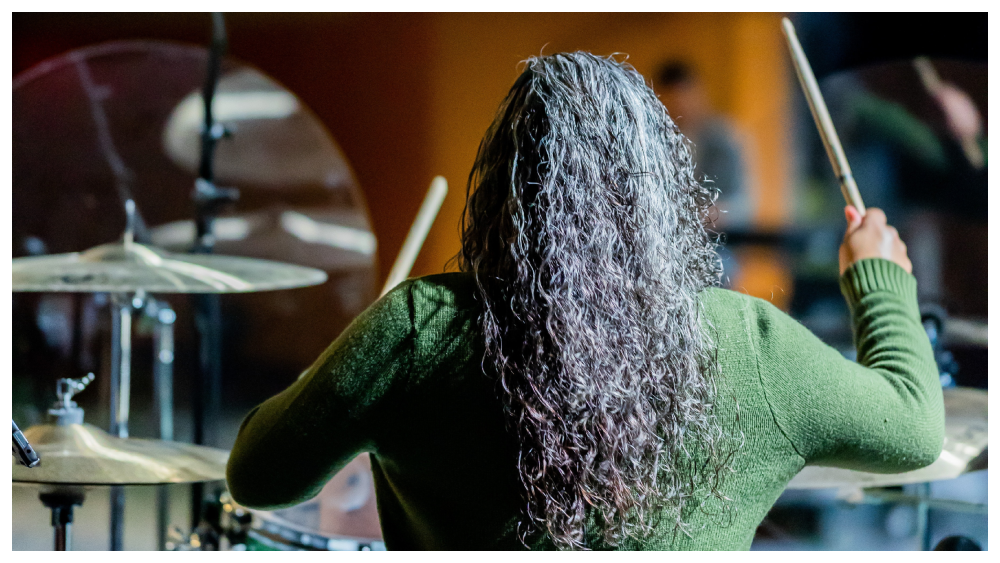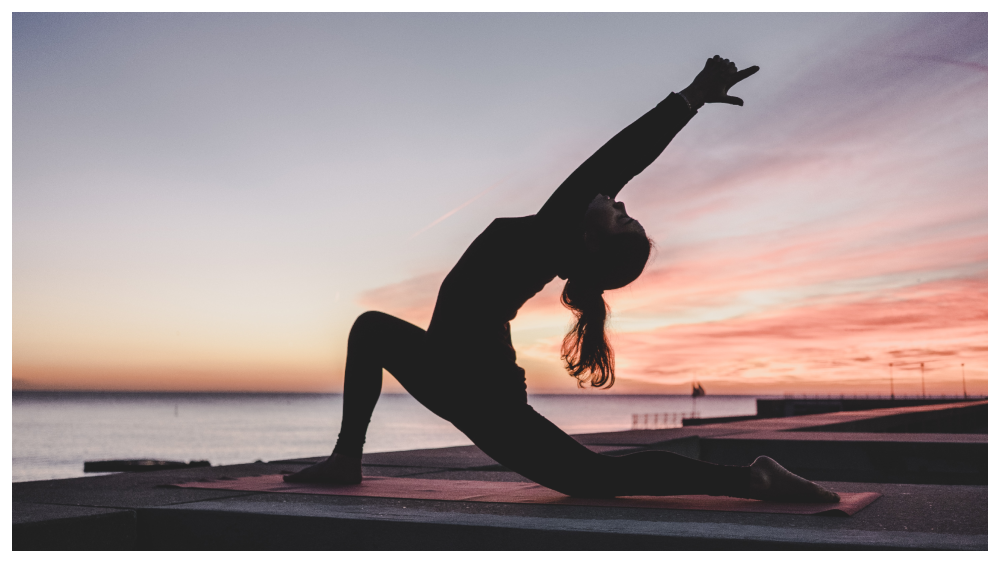Below you will find some typical noise levels (measured in decibels, or dB) to help you gauge if you are putting your hearing at risk - the higher the number, the louder the noise.
HSE says noise levels above 105dB can damage your hearing if endured for more than 15 minutes each week. But lower levels, such as between 85dB and 90dB can also cause permanent damage if you're exposed to them for hours every day.
So, how long can you listen to loud music for?
It depends what volume you listen at. An increase of only a few decibels has a dramatic effect on the danger to hearing. This is because each increase of 3dB represents a doubling of sound energy (and halves the time you should listen for). As an example, being on a dance floor for one hour at 100dB delivers the same amount of noise energy to the ear (and therefore potential damage) as being on a slightly less noisy dance floor at 97dB for two hours. A small reduction in volume makes a big difference to the length of time you should listen for.
This information is featured on the HSE website. You can read more about protecting your hearing by visiting http://www.hse.gov.uk/noise/regulations.htm
HSE says noise levels above 105dB can damage your hearing if endured for more than 15 minutes each week. But lower levels, such as between 85dB and 90dB can also cause permanent damage if you're exposed to them for hours every day.
- Normal conversation: 60-65dB
- A busy street: 75-85dB
- Lawn mower/heavy traffic: 85dB
- Forklift truck: 90dB
- Hand drill: 98dB
- Heavy lorry about seven metres away: 95-100dB
- Motorbikes: 100dB
- Disco/nightclub/car horn: 110dB
- MP3 player on loud: 112dB
- Chainsaw: 115-120dB
- Rock concert/ambulance siren: 120dB
- Car stereo during motorway driving/vuvuzelas: 125dB
So, how long can you listen to loud music for?
It depends what volume you listen at. An increase of only a few decibels has a dramatic effect on the danger to hearing. This is because each increase of 3dB represents a doubling of sound energy (and halves the time you should listen for). As an example, being on a dance floor for one hour at 100dB delivers the same amount of noise energy to the ear (and therefore potential damage) as being on a slightly less noisy dance floor at 97dB for two hours. A small reduction in volume makes a big difference to the length of time you should listen for.
This information is featured on the HSE website. You can read more about protecting your hearing by visiting http://www.hse.gov.uk/noise/regulations.htm




